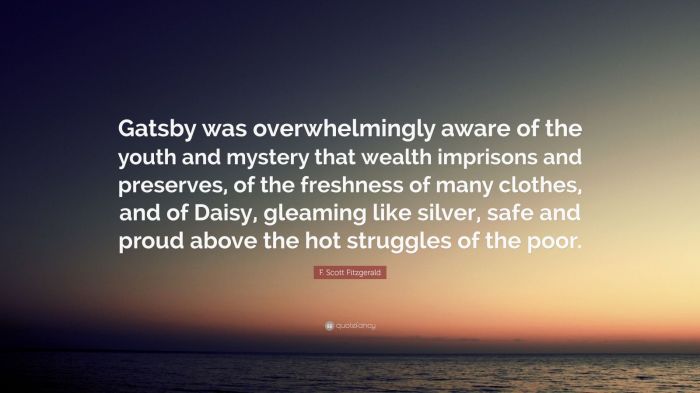Embark on an exploration of To Kill a Mockingbird chapter questions, unraveling the intricate tapestry of Harper Lee’s timeless masterpiece. This comprehensive guide delves into character analysis, theme exploration, historical context, symbolism and motifs, narrative structure, and figurative language, providing a profound understanding of the novel’s profound themes and enduring significance.
Through detailed discussions and insightful examples, this analysis illuminates the novel’s exploration of racial injustice, the complexities of human nature, and the power of empathy. Prepare to engage in a literary journey that will enrich your comprehension and appreciation of this beloved classic.
Character Analysis
In To Kill a Mockingbird, Harper Lee presents a diverse cast of characters who grapple with the complexities of morality, prejudice, and growing up in the American South. Scout Finch, Jem Finch, and Atticus Finch stand out as central figures whose characters undergo significant development throughout the novel.
Scout Finch, To kill a mockingbird chapter questions
Scout Finch is the novel’s narrator and protagonist. A tomboyish and precocious six-year-old, Scout serves as an innocent observer of the adult world around her. Through her eyes, readers witness the unfolding events and the gradual erosion of her childhood innocence.
Jem Finch
Jem Finch is Scout’s older brother and protector. Initially depicted as a brave and adventurous boy, Jem’s character evolves as he matures. He grapples with the realization of the harsh realities of the world and the complexities of justice.
Atticus Finch
Atticus Finch is the children’s father and a respected lawyer in the town of Maycomb. He embodies integrity, empathy, and a strong moral compass. Atticus’s unwavering commitment to justice, even when faced with adversity, serves as a beacon of hope in the face of prejudice and discrimination.
Popular Questions: To Kill A Mockingbird Chapter Questions
What is the significance of Scout Finch as a narrator?
As a child narrator, Scout provides a unique and innocent perspective, allowing readers to witness the events of the novel through the eyes of a young observer who is both perceptive and vulnerable.
How does the novel’s setting influence the characters and events?
Set in the American South during the Jim Crow era, the novel’s setting shapes the characters’ experiences, beliefs, and actions, highlighting the pervasive racism and social injustice of the time.
What is the central message of To Kill a Mockingbird?
The novel conveys a powerful message about the importance of empathy, compassion, and standing up for what is right, even in the face of adversity and prejudice.
